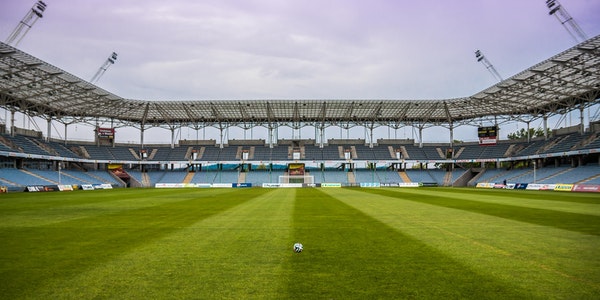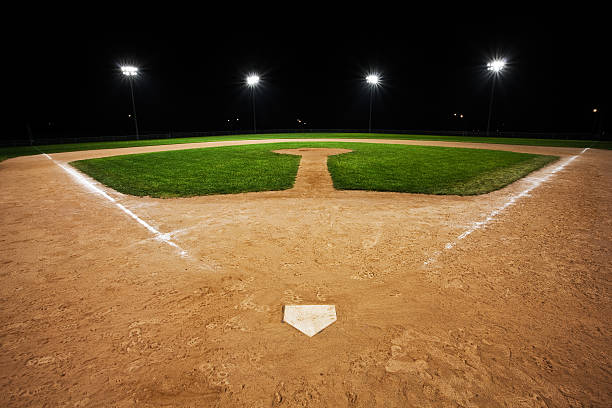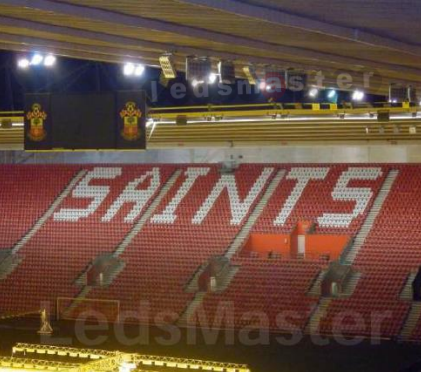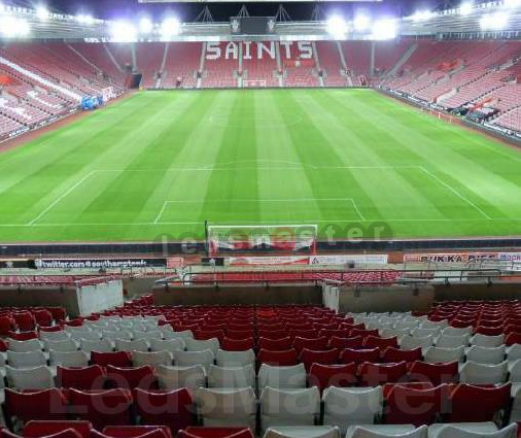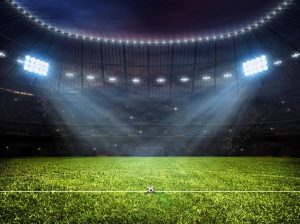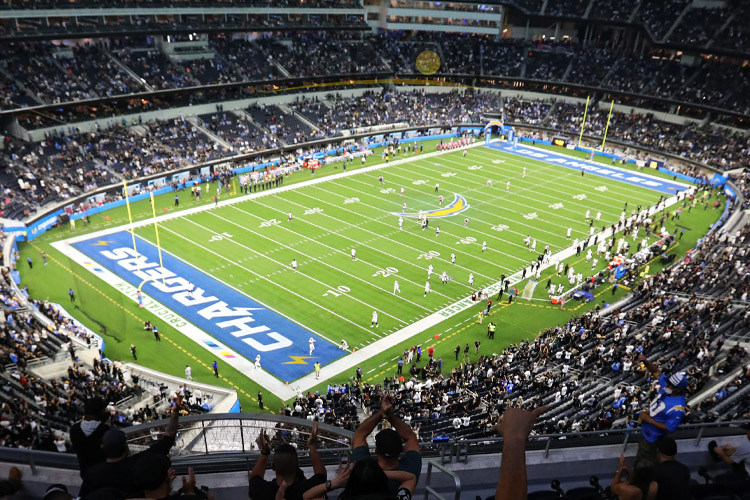I. Introduction
A. Brief overview of LED lighting technology
LED (Light Emitting Diode) lighting technology utilizes semiconductor devices to produce light when an electrical current passes through them. Unlike traditional incandescent or fluorescent bulbs, LEDs emit light through electroluminescence, converting electricity directly into photons. This technology offers several advantages, including energy efficiency, longer lifespan, durability, and flexibility in color and brightness control. LEDs have become increasingly popular in various applications, from residential and commercial lighting to automotive and outdoor lighting, due to their environmental friendliness and cost-effectiveness.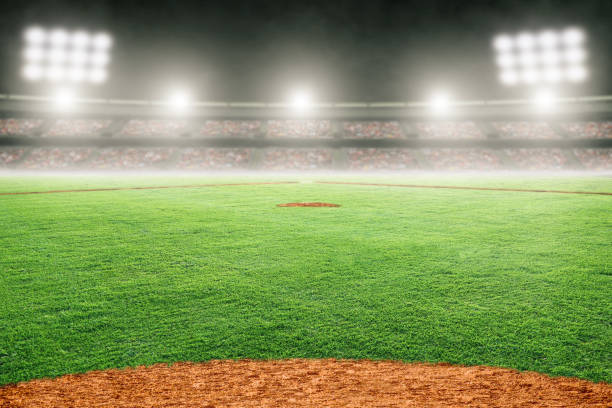
B. Importance of lighting in outdoor sporting events
Lighting plays a crucial role in outdoor sporting events for several reasons:
- Visibility: Proper lighting ensures that players, officials, and spectators can see the action clearly, enhancing the overall experience and safety of the event.
- Broadcasting: High-quality lighting is essential for television broadcasts and live streams, allowing viewers to follow the game effectively and enjoy a visually appealing experience.
- Performance: Adequate lighting helps athletes perform at their best by providing optimal visibility of the playing surface, enabling precise movements and reactions.
- Safety: Good lighting reduces the risk of accidents and injuries by illuminating potential hazards such as uneven terrain or obstacles on the field.
- Atmosphere: Lighting can contribute to the atmosphere and excitement of the event, creating a sense of drama and spectacle, especially for evening or nighttime games.
- Extended Playing Time: With proper lighting, outdoor sporting events can extend into the evening or nighttime hours, allowing for more flexibility in scheduling and maximizing the use of sports facilities.
Overall, lighting is essential for ensuring that outdoor sporting events are enjoyable, safe, and conducive to optimal performance for all participants and spectators.
C. Thesis statement: LED lighting technology has revolutionized outdoor sporting events by providing energy-efficient, customizable, and high-quality illumination.
Thesis Statement: The adoption of LED lighting technology in outdoor sporting events has not only enhanced energy efficiency and cost-effectiveness but has also significantly improved the quality of illumination, offering customizable solutions that cater to the specific needs of athletes, spectators, and organizers, thereby revolutionizing the entire sporting experience.
II. Evolution of Outdoor Sporting Event Lighting
A. Traditional lighting methods
Traditional lighting methods for outdoor sporting events have typically relied on high-intensity discharge (HID) lamps such as metal halide or high-pressure sodium bulbs. These bulbs produce light by passing an electric current through a gas or vapor, resulting in a bright illumination suitable for large outdoor spaces like stadiums and arenas.
Metal halide lamps have been widely used due to their relatively high efficiency and color rendering properties, making them suitable for sports lighting where visibility is crucial. High-pressure sodium lamps, while less efficient and with poorer color rendering compared to metal halide, have been favored for their longer lifespan and lower operating costs.
However, traditional lighting methods have several drawbacks:
- Energy Inefficiency: HID lamps consume a significant amount of energy, leading to high electricity bills and contributing to environmental concerns.
- Limited Lifespan: Despite their relatively long lifespan compared to incandescent bulbs, HID lamps still require frequent replacement, resulting in maintenance costs and disruptions to sporting events.
- Slow Start-Up Time: HID lamps often require several minutes to reach full brightness after being turned on, which can delay the start of events and affect the overall experience for spectators.
- Limited Control: Traditional lighting systems offer limited control over brightness and color, making it challenging to adapt to different sporting activities or adjust to changing environmental conditions.
Despite these limitations, traditional lighting methods have been the go-to choice for outdoor sporting events until the emergence of LED lighting technology.
B. Drawbacks and limitations
Drawbacks and Limitations of Traditional Lighting Methods in Outdoor Sporting Events:
- Energy Inefficiency: Traditional lighting methods, such as metal halide and high-pressure sodium lamps, are relatively inefficient compared to LED technology. They consume more energy to produce the same level of illumination, leading to higher operating costs and increased carbon emissions.
- Limited Lifespan: HID lamps have a limited lifespan compared to LEDs. They require frequent replacement, resulting in maintenance downtime and added expenses for replacement bulbs and labor.
- Slow Start-Up Time: HID lamps typically have a slow start-up time, taking several minutes to reach full brightness. This delay can be inconvenient for event organizers and spectators, especially during evening events or when quick adjustments to lighting levels are needed.
- Poor Color Rendering: High-pressure sodium lamps, in particular, have poor color rendering properties, which can affect the visibility and aesthetics of outdoor sporting events. Colors may appear distorted or muted under traditional lighting, impacting the overall viewing experience.
- Lack of Control and Flexibility: Traditional lighting methods offer limited control and flexibility in adjusting brightness levels and light distribution. This can make it challenging to adapt lighting conditions to different sports, events, or weather conditions.
- Environmental Impact: HID lamps contain hazardous materials such as mercury, posing environmental risks if not disposed of properly. Additionally, their higher energy consumption contributes to greenhouse gas emissions and air pollution.
Overall, the drawbacks and limitations of traditional lighting methods highlight the need for more efficient and sustainable lighting solutions in outdoor sporting events, leading to the widespread adoption of LED technology.
C. Emergence of LED lighting technology
The emergence of LED (Light Emitting Diode) lighting technology marks a significant milestone in the lighting industry, including its application in outdoor sporting events. LEDs offer numerous advantages over traditional lighting methods, contributing to their rapid adoption and widespread use. Some key factors in the emergence of LED lighting technology include:
- Energy Efficiency: LEDs are highly energy-efficient, converting a greater percentage of electrical energy into visible light compared to traditional lighting sources like incandescent or fluorescent bulbs. This efficiency translates to lower electricity consumption and reduced operating costs, making LEDs an attractive option for outdoor sporting events seeking to minimize energy expenses.
- Longevity: LED lighting fixtures have an exceptionally long lifespan compared to traditional lighting sources. LEDs can last tens of thousands of hours before needing replacement, significantly reducing maintenance costs and downtime associated with bulb changes. This longevity is particularly advantageous for outdoor sporting venues, where accessibility for maintenance may be challenging.
- Instantaneous Start-Up: Unlike traditional lighting sources that may require warm-up time to reach full brightness, LEDs illuminate instantly. This immediate start-up is beneficial for outdoor sporting events, allowing organizers to quickly adjust lighting levels as needed without delays or interruptions.
- Durability: LEDs are solid-state lighting devices, meaning they lack fragile components like filaments or glass tubes found in traditional bulbs. This solid-state construction makes LEDs more resistant to shock, vibration, and harsh environmental conditions, enhancing their durability and reliability in outdoor settings.
- Customizability: LED technology offers unparalleled flexibility in terms of color temperature, brightness levels, and directional control. This versatility enables event organizers to tailor lighting conditions to suit different sports, venues, and viewing preferences, enhancing the overall spectator experience.
- Environmental Benefits: LED lighting technology is environmentally friendly, producing minimal heat, ultraviolet (UV) radiation, and infrared (IR) emissions. Additionally, LEDs do not contain hazardous materials like mercury, found in some traditional lighting sources, reducing environmental impact and promoting sustainability.
The emergence of LED lighting technology has revolutionized outdoor sporting events by providing energy-efficient, long-lasting, and customizable lighting solutions that enhance visibility, optimize performance, and minimize environmental footprint. As a result, LEDs have become the preferred choice for illuminating stadiums, arenas, and other outdoor sports venues worldwide.
III. Advantages of LED Lighting in Outdoor Sporting Events
A. Energy efficiency and cost savings
Energy efficiency and cost savings are significant advantages of LED lighting technology in outdoor sporting events:
- Reduced Energy Consumption: LED lighting fixtures consume significantly less energy compared to traditional lighting sources like metal halide or high-pressure sodium lamps. LEDs convert a higher percentage of electrical energy into visible light, resulting in lower electricity bills and decreased energy usage for sports facilities.
- Operational Cost Savings: The lower energy consumption of LED lighting translates directly into operational cost savings for outdoor sporting venues. By reducing electricity expenses, venues can allocate more resources to other areas of operation, such as facility maintenance, equipment upgrades, or community programs.
- Longevity and Maintenance Savings: LED lighting fixtures have an exceptionally long lifespan compared to traditional lighting sources. LEDs can last tens of thousands of hours before needing replacement, reducing the frequency of bulb changes and associated maintenance costs. This longevity minimizes downtime for sports facilities and lowers labor expenses for maintenance staff.
- Rebates and Incentives: Many governments, utility companies, and environmental organizations offer rebates and incentives for upgrading to energy-efficient LED lighting systems. These financial incentives can help offset the initial investment in LED technology, making it more affordable for sports facilities to transition to sustainable lighting solutions.
- Dimming and Control Capabilities: LED lighting fixtures offer advanced dimming and control capabilities, allowing venues to adjust lighting levels based on specific needs and usage patterns. By optimizing lighting levels for different sports, events, or times of day, venues can further reduce energy consumption and maximize cost savings without compromising visibility or safety.
Overall, the energy efficiency and cost savings associated with LED lighting technology make it an attractive option for outdoor sporting events seeking to minimize operational expenses, improve sustainability, and enhance the overall spectator experience.
B. Customizability and flexibility
Customizability and flexibility are key advantages of LED lighting technology in outdoor sporting events:
- Color Temperature Control: LEDs offer the ability to adjust color temperature, allowing sports facilities to customize the lighting to match the specific requirements of different sports or events. Warm white, cool white, and daylight options can be selected to create the desired atmosphere and enhance visibility on the playing field.
- Brightness Control: LED lighting fixtures can be dimmed or brightened as needed, providing venues with precise control over lighting levels for various activities. This flexibility allows organizers to optimize illumination for different sports, practices, or competitions without the need for additional lighting equipment.
- Directional Lighting: LEDs emit light in a specific direction, enabling precise control over light distribution and minimizing glare or light spillage. This directional lighting capability is particularly advantageous for outdoor sporting events, where minimizing distractions and enhancing visibility are critical for athletes and spectators.
(To Be Continued)

